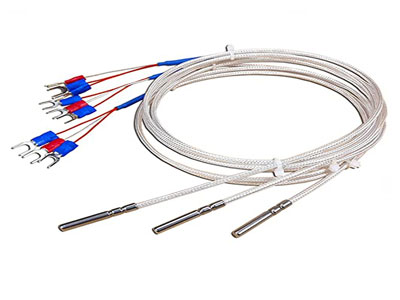How Does An RTD Work?
Key Takeaway
An RTD (Resistance Temperature Detector) works by measuring temperature through changes in electrical resistance. The RTD sensor is made of a material, typically platinum, whose resistance increases predictably as the temperature rises. This relationship between resistance and temperature is well-known and highly repeatable.
When an RTD is exposed to temperature changes, its resistance changes correspondingly. This change in resistance is measured and converted into a temperature reading using a calibration equation or lookup table. The precision and stability of RTDs make them ideal for accurate temperature measurements in various industrial applications. Their consistent performance over time ensures reliable and precise temperature monitoring.
Basic Concept of RTD
The basic concept of an RTD revolves around the principle that the electrical resistance of a material changes with temperature. In simple terms, as the temperature increases, the resistance of the RTD element also increases. This relationship between resistance and temperature is highly predictable, allowing RTDs to provide precise temperature readings.
An RTD typically consists of a pure material, such as platinum, which has a well-defined resistance-temperature relationship. The resistance is measured and then converted to a temperature reading using calibration standards. This straightforward yet effective mechanism makes RTDs reliable for accurate temperature measurements.


